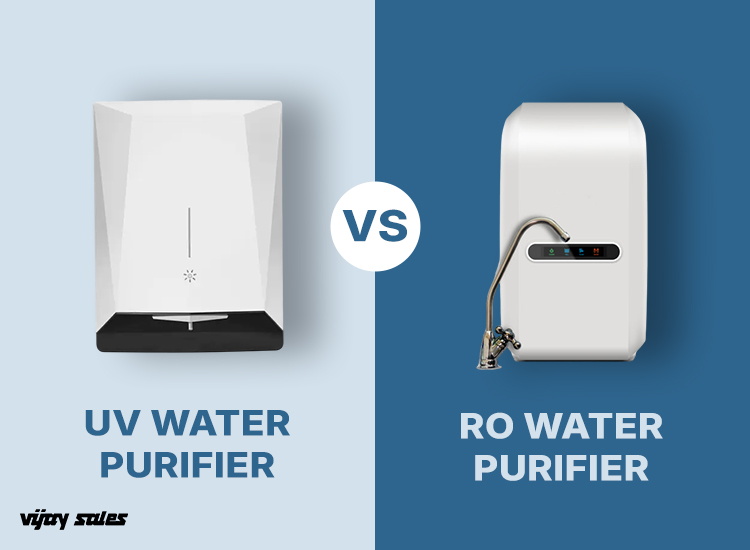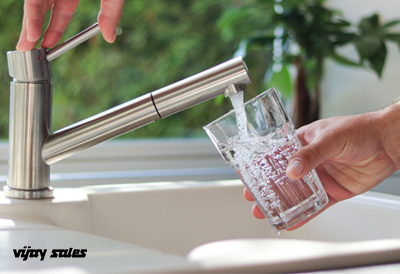RO Purifier vs. UV Purifier: Which Is Best for Your Home?
Choosing between an RO and UV purifier depends on the quality of water supplied to your home. Let us compare RO and UV water purifier systems on the following factors:
1. Water Source and Quality
If your water has high TDS or is sourced from borewells or tankers, an RO purifier is a better option. If your home receives municipal water that is treated but may still contain bacteria, a UV purifier is an effective solution. This difference between RO and UV purifier becomes a major deciding factor.
2. Contaminant Removal
The reverse osmosis vs UV filter comparison highlights a significant contrast. RO purifiers remove dissolved and undissolved impurities, including salts, arsenic, and lead. However, UV purifiers only kill microbes, leaving dissolved solids untouched.
So, is RO better or UV? For comprehensive purification in high-contamination areas, RO takes the lead.
3. Water Wastage
A drawback of RO systems is water wastage. Around 3 liters of water may be rejected for every 1 liter purified. UV purifiers do not waste water. When it comes to sustainability, this difference between RO and UV filters might influence your choice.
5. Maintenance and Costs
UV purifiers are generally more affordable than RO systems in terms of initial cost and ongoing maintenance. RO purifiers have more components and filters that require regular replacement.
Still, the difference in cost between the RO and UV water purifiers might be due to the broader purification capabilities that the RO offers.
6. Storage and Flow Rate
Most RO purifiers come with a storage tank, which is particularly useful in areas with irregular water supplies. UV purifiers usually offer on-demand purification without storage.
Ultimately, which is better, UV or RO water purifier, depends on your needs. If you need all-around purification, RO is ideal. For microbiologically unsafe and low-TDS water, UV may be a more suitable option.
When it comes to choosing a water purifier, understanding the difference between RO & UV purifiers is crucial. RO purifiers excel in removing all types of contaminants, especially in hard water conditions. UV purifiers are used when disinfection is your primary concern, and the water already meets TDS norms.
For many, a combination of both technologies (RO + UV) provides the best of both worlds. However, if you must choose one, base your decision on the specific quality of your local water supply. This comparison between RO and UV water purifier options should help you make an informed, health-related choice for your family.


















.jpg)

.jpg)




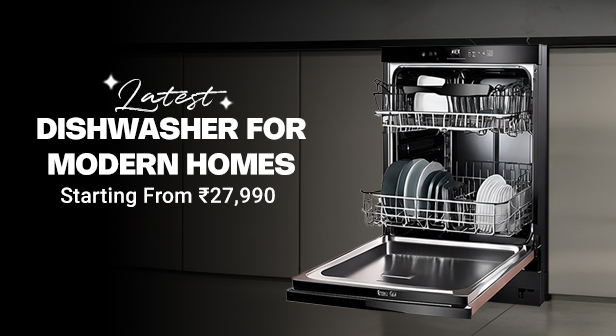
.jpg)
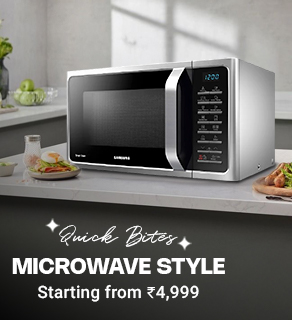


.jpg)
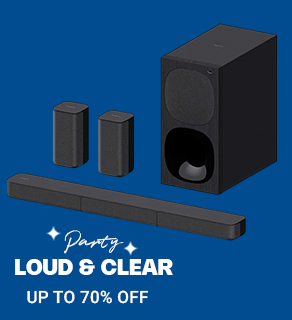
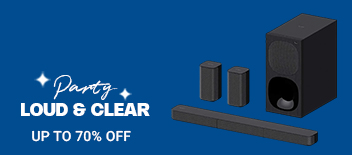

.jpg)

.jpg)

_.jpg)












